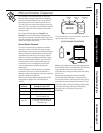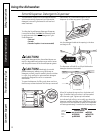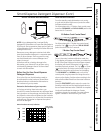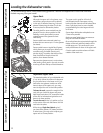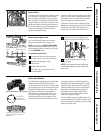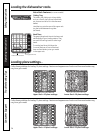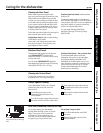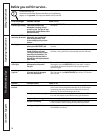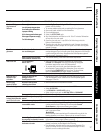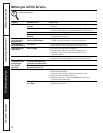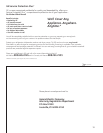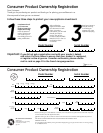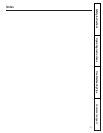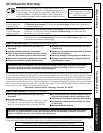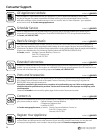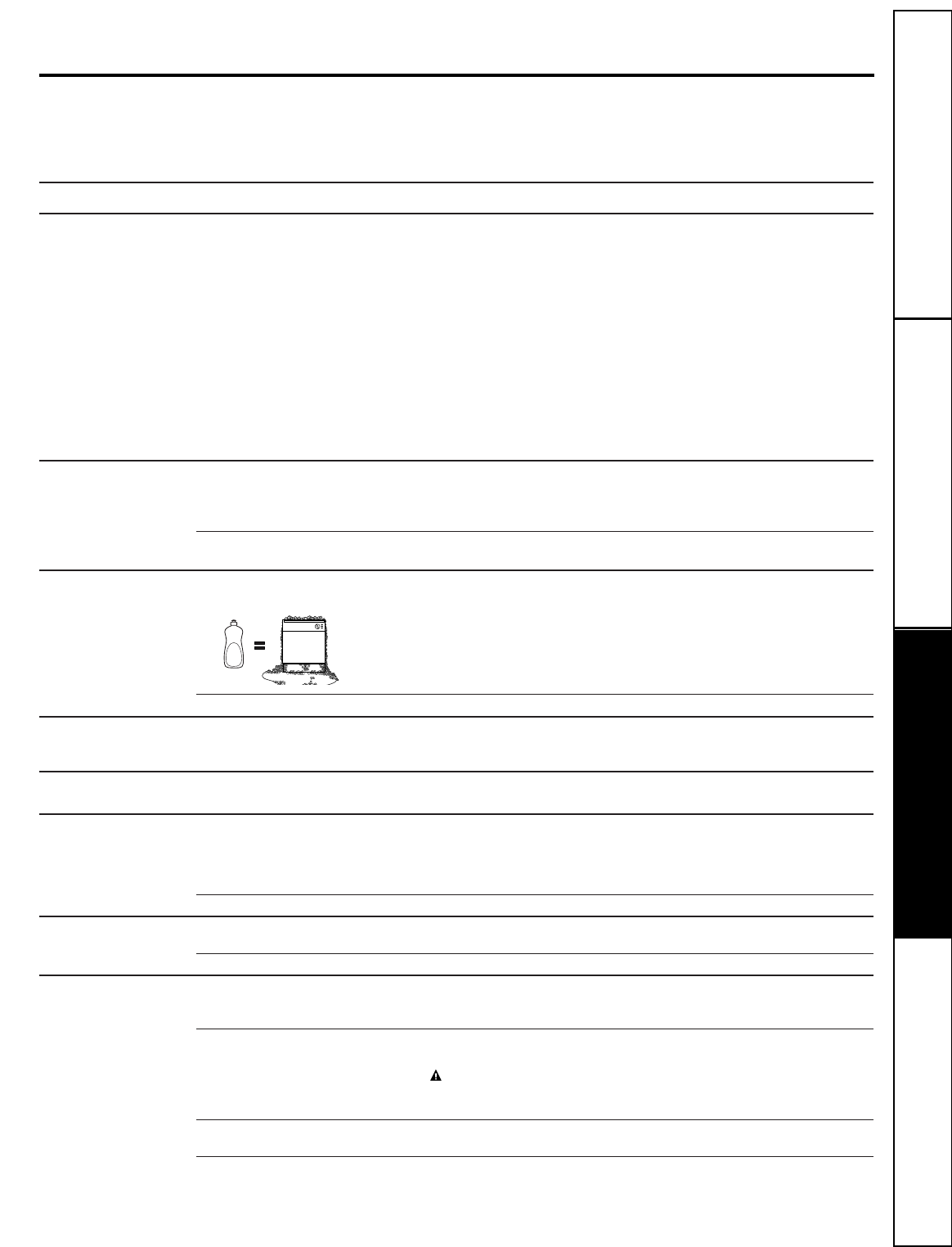
Problem Possible Causes What To Do
Spots and filming • Use Jet-Dry
®
or Cascade Crystal Clear
®
rinse agents to remove spots and
on glasses and prevent new film buildup.
flatware
• To remove stubborn spots and pre-existing film from glassware:
1 Remove all metal utensils from the dishwasher.
2 Do not add detergent.
3 Select the POTS & PANS cycle.
4 Start the dishwasher and allow to run for 18 to 22 minutes. Dishwasher
will now be in the main wash.
5 Open the door and pour 2 cups (500 ml) of white vinegar into the
bottom of the dishwasher.
6 Close the door and allow to complete the cycle. If vinegar rinse doesn’t
work: Repeat as above, except use 1/4 cup (60 ml) of citric acid crystals
instead of vinegar.
Cloudiness on Combination of soft water and • This is called etching and is permanent. To prevent this from happening,
glassware too much detergent use less detergent if you have soft water. Wash glassware in the shortest
cycle that will get them clean. Recalibrate the SmartDispense system if
you are using it. See pages 9 and 11.
Water temperature entering • This could be etching. Lower the water heater temperature.
the dishwasher exceeds 150°F
Suds in the tub Correct detergent • Use only automatic dishwasher detergents to avoid sudsing.
wasn’t used Cascade
®
and Electrasol
®
Automatic Dishwashing Detergents
have been approved for use in all GE dishwashers.
• To remove suds from the tub, open the dishwasher and let
suds dissipate. Close and latch the dishwasher. Pump out water
by touching the START/RESET pad once; then 30 seconds later,
touch the START/RESET pad again. Repeat if necessary.
Rinse agent was spilled • Always wipe up rinse agent spills immediately.
Detergent left in Dishes are blocking the • Reposition the dishes, so the water from the lower spray arm can
dispenser cups detergent cup or flush the detergent cup or outlet from the SmartDispense system.
or on door SmartDispense outlet See pages 13 and 14.
Black or gray Aluminum utensils have • Remove marks with a mild, abrasive cleaner.
marks on dishes rubbed against dishes
Dishes don’t dry Low inlet water temperature • Make sure inlet water temperature is at least 120°F.
• Select HEATED DRY.
• Use PRE WASH or ADDED HEAT options.
• Select a higher cycle, such as ANTI-BACTERIA or COOKWARE.
Rinse agent dispenser is empty • Check the rinse agent dispenser and fill as required.
Control panel responded Door latch may not be properly • Make sure the door is firmly closed.
to inputs but dishwasher seated
never filled with water
Water valve may be turned off • Make sure water valve (usually located under the sink) is turned on.
Stained tub interior Some tomato-based foods can • Use of the RINSE ONLY cycle after adding the dish to the load
cause reddish stains can decrease the level of staining. GE recommends Cascade
®
Plastic Booster to help remove these types of stains.
Tea or coffee stains • Remove the stain by hand, using a solution of 1/2 cup bleach
and 3 cups warm water.
WARNING
Before cleaning interior, wait at least 20 minutes after a cycle for the
heating elements to cool down. Failure to do so can result in burns.
An overall yellow or brown film can • A special filter in the water supply line is the only way to correct
be caused by iron deposits in water this problem. Contact a water softener company.
White film on inside surface— • GE recommends Jet-Dry
®
or Cascade Crystal Clear
®
to help
hard water minerals prevent hard water mineral deposits from forming.
• Run dishwasher with citric acid to remove mineral deposits. Citric
acid (Part number: WD35X151) can be ordered through GE Parts.
See back cover for ordering information.
Extremely hard water
Low inlet water temperature
Overloading the dishwasher
Improper loading
Old or damp powder detergent
Rinse agent dispenser empty
Too little detergent
17
Consumer Support
Troubleshooting TipsOperating InstructionsSafety Instructions
ge.com



